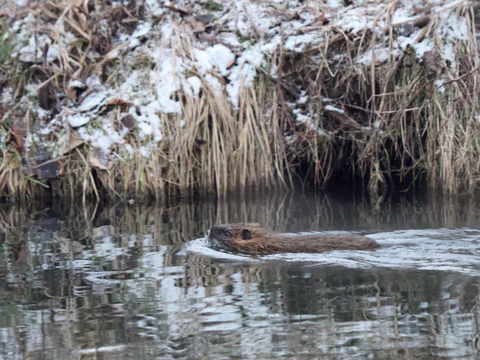Rewilding is the buzz word of the moment, but do we really know what it means in practice?
Rewilding is a form of environmental conservation which, at its heart, is about nature being left to take care of itself. With very little human intervention, nature is allowed to restore its natural balance and recreate ecosystems where plants and animals thrive.
When left alone, natural processes restore damage and create habitats which can encourage biodiversity. Sometimes a little help is needed, such as reintroducing species, be it animal or plant and then leaving them to thrive naturally.
One example of this is the reintroduction of beavers in the UK. In one large park in Devon, beavers that were introduced 20 years ago have built natural dams creating pools, filtering and cleaning water and producing areas for nature for Insects and plants to thrive.

- Let the wildflowers thrive in your lawn. Primroses, violets, daisies and dandelions will grow and encourage bees. And this means that you don’t need to use harmful weed killers!
- Allow your lawn to grow longer. Even if you can’t let your whole lawn grow long, dedicate an area to overgrow which can allow shelter for wildlife.
- Don’t rake and clear the leaves under hedges. You will interrupt a natural process of composting leaves that feed the roots of the hedge. They also provide shelter for wildlife.
- Look into the ’no dig’ concept of gardening. Turning over soil breaks up the natural balance of the soil. The organisms and microbes which help feed and water plants are disrupted. So all you need to have healthy ground for your plants is to lay good-quality or home-made compost on top of the soil and leave the worms to pull it down into the ground.
- Keep plants close to one another so as not to allow too much space for invasive weeds to grow and take over.
- Companion plant – look into plants that interact well together. When planted near to one another, some plants can enhance growing conditions, control pests and attract pollinators. Examples include strawberries & borage and tomatoes & basil. This means no need for pesticides.




